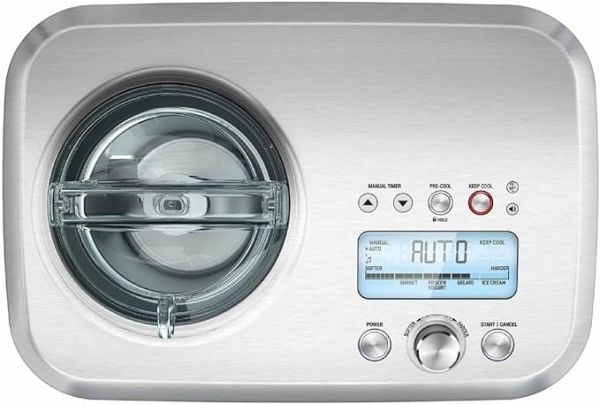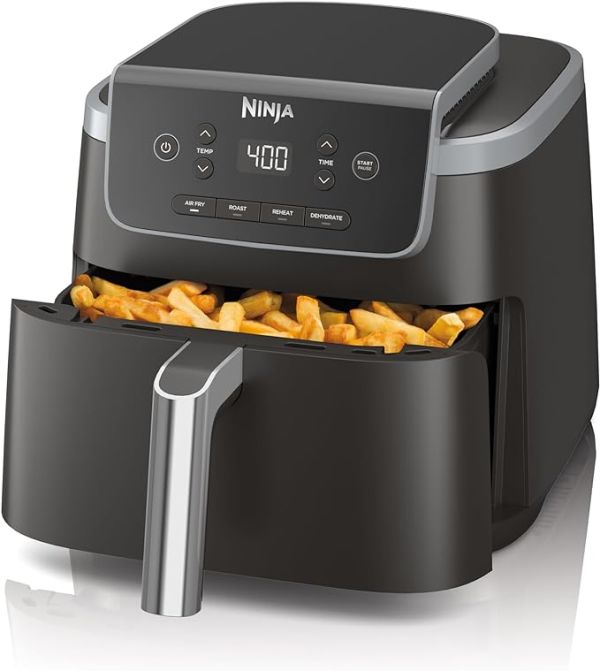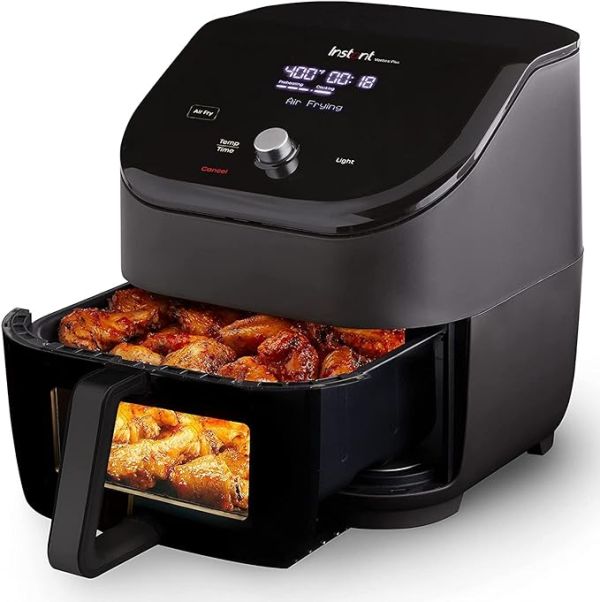Choosing the Right Cooktop
- 1. Gas Cooktops
- Pros:
- Cons:
- 2. Electric Coil Cooktops
- Pros:
- Cons:
- 3. Smooth-Top Electric Cooktops (Ceramic/Glass)
- Pros:
- Cons:
- 4. Induction Cooktops
- Pros:
- Cons:
- 1. Kitchen Layout and Design
- Tips:
- 2. Budget
- Breakdown:
- 3. Cooking Habits
- Questions to Ask Yourself:
- 4. Energy Efficiency
- Quick Comparison:
- 5. Safety Concerns
- Key Points:
- 6. Cleaning and Maintenance
- Considerations:
- 7. Durability and Longevity
- What to Look For:
- 8. Additional Features
- 9. Compatibility with Cookware
- Tips:
- 10. Environmental Impact
- Eco-Friendly Choices:
- 11. Installation Requirements
- Installation Considerations:
- 12. Future Upgrades
- Forward-Thinking Advice:
- 13. Aesthetic Appeal
- Style Considerations:
Cooking is more than just a necessity; it’s an art, a passion, and sometimes even a way to relax. Whether you’re a gourmet chef, a weekend warrior in the kitchen, or someone who simply loves cooking for friends and family, having the right cooktop can elevate your culinary adventures. But with so many options available—gas, electric, induction, ceramic, and more—how do you know which one is right for you?
This article serves as a detailed guide to help you navigate the vast landscape of cooktops, exploring everything from different types of cooking technologies to factors like budget, kitchen layout, and personal preferences. By the end, you’ll be armed with the knowledge necessary to confidently pick the ideal cooktop for your needs.
Understanding the Basics: Types of CooktopsLet’s start by breaking down the four major categories of cooktops currently dominating the market: gas, electric coil, smooth-top electric (ceramic/glass), and induction. Each has its pros and cons, which we'll explore in detail.
1. Gas Cooktops
Gas cooktops remain a favorite among professional chefs and home cooks alike for their precise temperature control and immediate responsiveness. When you turn the knob, the flame adjusts almost instantaneously, allowing you to go from a gentle simmer to a rolling boil in seconds.
Pros:
- Precise heat control
- Fast response time
- Works even during power outages
- Affordable running costs (if natural gas is available)
Cons:
- Higher installation costs (requires gas line connection)
- Potential safety concerns (open flame)
- More difficult to clean
2. Electric Coil Cooktops
Electric coil cooktops are the tried-and-true classic, often seen in older homes. They consist of metal coils that heat up when electricity passes through them. While they may lack the sleek look of newer models, they are still widely used because of their simplicity and reliability.
Pros:
- Low-cost replacement parts
- Easy to repair
- Widespread availability
Cons:
- Slow to heat up and cool down
- Uneven heating
- Difficult to clean around coils
3. Smooth-Top Electric Cooktops (Ceramic/Glass)
Smooth-top electric cooktops combine the precision of electric cooking with a sleek, modern appearance. Instead of exposed coils, these cooktops have a flat, easy-to-clean surface made of ceramic or glass.
Pros:
- Sleek, modern design
- Easy to clean
- Heats evenly once elements reach desired temperature
Cons:
- Can scratch or crack if mishandled
- Expensive to replace damaged elements
- Doesn’t work well with uneven-bottomed cookware
4. Induction Cooktops
Induction cooktops represent the latest leap forward in cooking technology. Using electromagnetic fields, they heat pots and pans directly rather than transferring heat through the cooktop surface. This method offers unparalleled energy efficiency and safety.
Pros:
- Super fast heating
- Extremely energy-efficient
- Safe (surface stays relatively cool)
- Easy cleanup
Cons:
- Requires magnetic-based cookware (such as stainless steel or cast iron)
- High initial cost
- Not compatible with aluminum or copper pans
Factors to Consider When Choosing a CooktopNow that we've covered the basics of each type, let's dive into the factors that will influence your decision-making process.
1. Kitchen Layout and Design
The layout of your kitchen plays a big role in determining which cooktop works best for you. If you have a spacious kitchen island, for example, a gas cooktop might be ideal since it allows for flexible placement. On the other hand, if counter space is tight, a sleek induction or smooth-top electric model might be more suitable.
Tips:
- Measure your available counter space carefully.
- Think about ventilation—gas cooktops require hood vents.
- Consider the overall style of your kitchen—is it modern, traditional, or somewhere in between?
2. Budget
Cooktops come in a wide range of prices, from budget-friendly electric coil models to high-end induction units. Setting a realistic budget is crucial to narrowing down your choices.
Breakdown:
- Entry-Level (200−500): Basic electric coil or smooth-top electric models.
- Mid-Range (500−1500): Better-quality electric and gas options.
- High-End ($1500+): Premium gas ranges, state-of-the-art induction cooktops.
3. Cooking Habits
Are you a budding home chef experimenting with new recipes, or do you mostly stick to simple meals? Understanding your cooking habits will help determine the kind of flexibility and precision you need from your cooktop.
Questions to Ask Yourself:
- Do you frequently sear meat or stir-fry? (Precise heat control is key.)
- Are slow-cooked dishes your specialty? (Even heat distribution matters here.)
- How often do you entertain guests? (Multiple burners/zones might be useful.)
4. Energy Efficiency
With rising utility costs, energy efficiency has become a major consideration for many homeowners. While gas cooktops are generally cheaper to run, induction models are the most energy-efficient due to their direct heating method.
Quick Comparison:
- Gas: Cheapest to operate if you have access to natural gas lines.
- Electric Coil: Moderate efficiency but slower heating/cooling times.
- Smooth-Top Electric: Comparable to gas in terms of operating costs.
- Induction: Most efficient but requires specialized cookware.
5. Safety Concerns
Safety is always a priority, especially if you have children or pets roaming around the kitchen. Open flames from gas cooktops pose obvious risks, whereas induction models stay relatively cool to the touch, making them safer for households with young kids.
Key Points:
- Gas: Always use caution with open flames.
- Electric: Risk of burns from hot elements; smooth tops cool faster than coils.
- Induction: Virtually no risk of burns since the surface doesn’t get hot.
6. Cleaning and Maintenance
Different cooktops require varying degrees of care and attention. Smooth-top electric and induction models are easier to clean, while gas and electric coil cooktops involve more effort.
Considerations:
- Gas: Spillovers can bake onto grates, making cleanup harder.
- Electric Coil: Coils need to be removed for thorough cleaning.
- Smooth-Top Electric: Easiest to wipe down but prone to scratches.
- Induction: Simple to maintain since food doesn't stick to the surface.
7. Durability and Longevity
A cooktop is a long-term investment, so it's essential to choose one that's built to last. Materials like stainless steel and tempered glass are known for their resilience, while cheaper plastic components may degrade faster.
What to Look For:
- Construction Material: Sturdy metals and glass are ideal.
- Warranty Coverage: Extended warranties indicate confidence in quality.
- User Reviews: Real-life experiences reveal long-term performance issues.
8. Additional Features
Beyond the core functionality, some cooktops come loaded with extra features designed to simplify cooking or enhance safety. These can include things like:
- Auto Shutoff: Turns off burners automatically if left unattended.
- Touch Controls: Makes adjusting heat levels easier and more precise.
- Bridge Elements: Allows you to join zones together for oversized pots/pans.
- Smart Connectivity: Syncs with apps for remote control or diagnostics.
9. Compatibility with Cookware
Not all cookware works equally well on every type of cooktop. Induction, in particular, requires cookware made from ferromagnetic materials (like cast iron or stainless steel). Traditional gas and electric models are more forgiving in this regard.
Tips:
- Test your current pots and pans for compatibility.
- If buying new cookware, opt for multi-compatible sets.
10. Environmental Impact
If sustainability is a priority, consider the environmental footprint of your chosen cooktop. Natural gas emits fewer greenhouse gases than electricity generated from fossil fuels, but induction models are the greenest option due to their highly efficient energy use.
Eco-Friendly Choices:
- Natural Gas: Cleaner than electric options powered by coal plants.
- Induction: Uses less energy overall, reducing carbon footprints significantly.
11. Installation Requirements
Installing a cooktop isn’t as simple as plugging it in. Depending on the type you choose, you may need to hire professionals for gas line connections, electrical upgrades, or ventilation modifications.
Installation Considerations:
- Gas: Requires dedicated gas lines and possibly vent hoods.
- Electric: Must match circuit amp ratings and voltage requirements.
- Induction: Needs adequate wiring for high-power draw.
12. Future Upgrades
Think ahead about how your cooking needs might evolve over time. If you plan to expand your kitchen or upgrade appliances in the future, choose a cooktop that can grow with you.
Forward-Thinking Advice:
- Pick modular designs that integrate well with other appliances.
- Opt for smart tech that supports future software updates.
13. Aesthetic Appeal
Last but certainly not least, your cooktop should complement the overall look and feel of your kitchen. Whether you prefer a modern minimalist vibe or a vintage farmhouse aesthetic, there’s a cooktop style to match.
Style Considerations:
- Modern Kitchens: Smooth-top electric or induction cooktops.
- Traditional Spaces: Classic gas ranges or enameled electric models.
- Transitional Styles: Hybrid designs blending old and new elements.
Practical Tips for Making Your DecisionNow that you've considered all the key factors, here's a checklist to streamline your selection process:
- Assess your cooking habits: How often do you cook? What kinds of dishes do you prepare regularly?
- Set a budget: Decide how much you're willing to spend on the cooktop itself and any required installation services.
- Evaluate your kitchen layout: Measure available counter space and note any limitations imposed by cabinets or islands.
- Research energy efficiency: Compare running costs and environmental impacts of different cooktop types.
- Prioritize safety features: Especially if you have children or elderly family members at home.
- Test drive before buying: Visit showrooms or ask friends who already own similar models for feedback.
- Read reviews: Look for insights into long-term performance, reliability, and customer service.
- Plan for future upgrades: Consider how your cooktop fits into your long-term renovation plans.
- Visualize the aesthetic: Imagine how the cooktop will look in your kitchen—does it enhance or detract from the overall design?
- Get professional advice: Consult with contractors or appliance experts if unsure about compatibility or installation logistics.
ConclusionSelecting the right cooktop involves balancing practicality, performance, and personal preference. Whether you're drawn to the instantaneous heat of gas, the sleek design of induction, or the affordability of electric models, there's a perfect option waiting for you. Use this guide as a roadmap to navigate the endless possibilities and find the cooktop that brings joy—and delicious meals—to your kitchen.
About this item
- Note: Kindly review the videos under the image section and user manual under product details for set up and user guidance
- 12 hardness settings; sorbet, frozen yogurt, gelato, and ice cream, Capacity 1.5 quart (1 Liter) bowl capacity
- Self refrigerating compressor: Voltage: 110 to 120 Volts Power: 165 watts
- Fully automatic or manual functionality: Keep cool setting for up to 3 hours
- Pre cool setting to optimal operating temperature



